What is Fashion Design? Everything You Need to Know
What is Fashion Design?
Fashion Design is the creative process of assembling clothing and accessories by cutting, sewing, and adorning materials like textiles and leather with aesthetic elements like patterns, motifs, shapes, cuts, and color characteristics to various cultures.
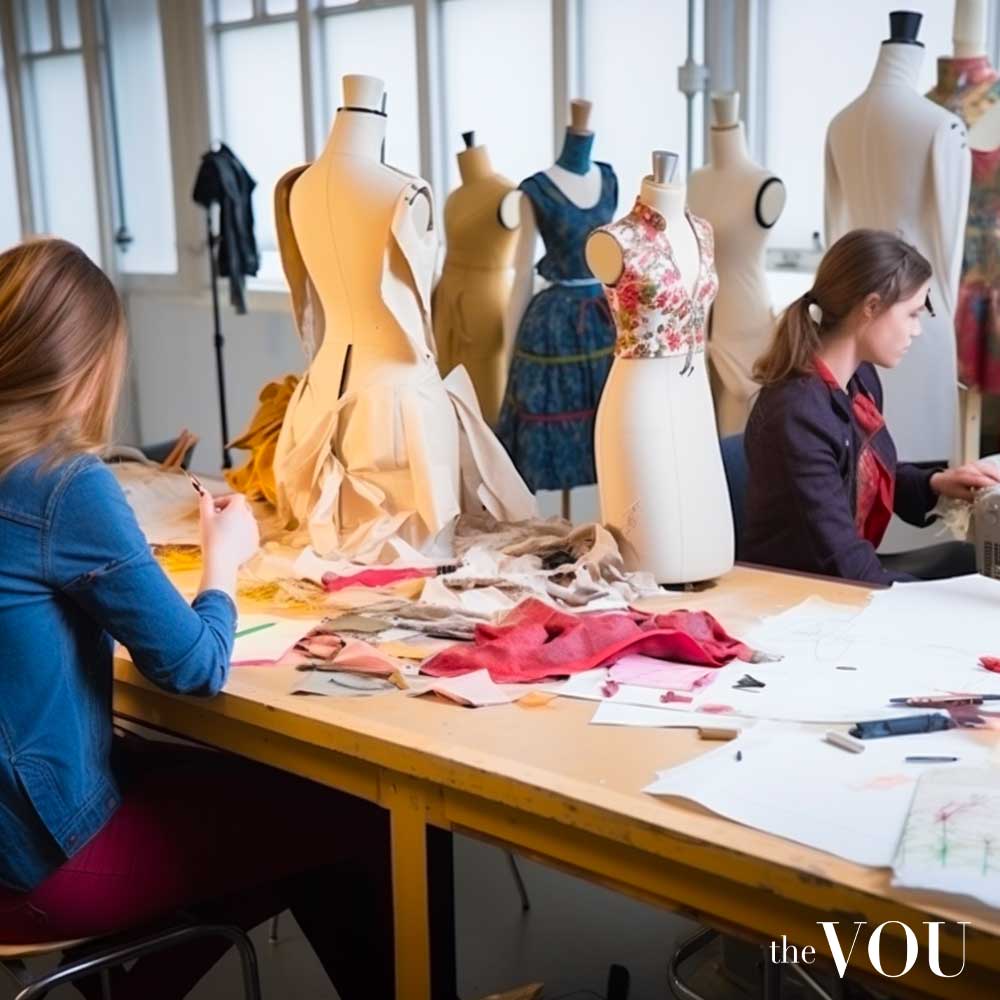
Fashion design is the craft of fashion designers who draw inspiration from various subcultural aesthetics, worldwide fashion styles, and contemporary fashion trends.
Compared to artistic design, Fashion Design directs designers to create aesthetically pleasing but also functional clothes and accessories.
The History of Fashion Design
Pre-1850, clothing creation is described as costume design.
Fashion design started in 1858 with Charles Frederick Worth – an English fashion designer and the father of haute couture – when he introduced design practices like sewing his name into his creations.
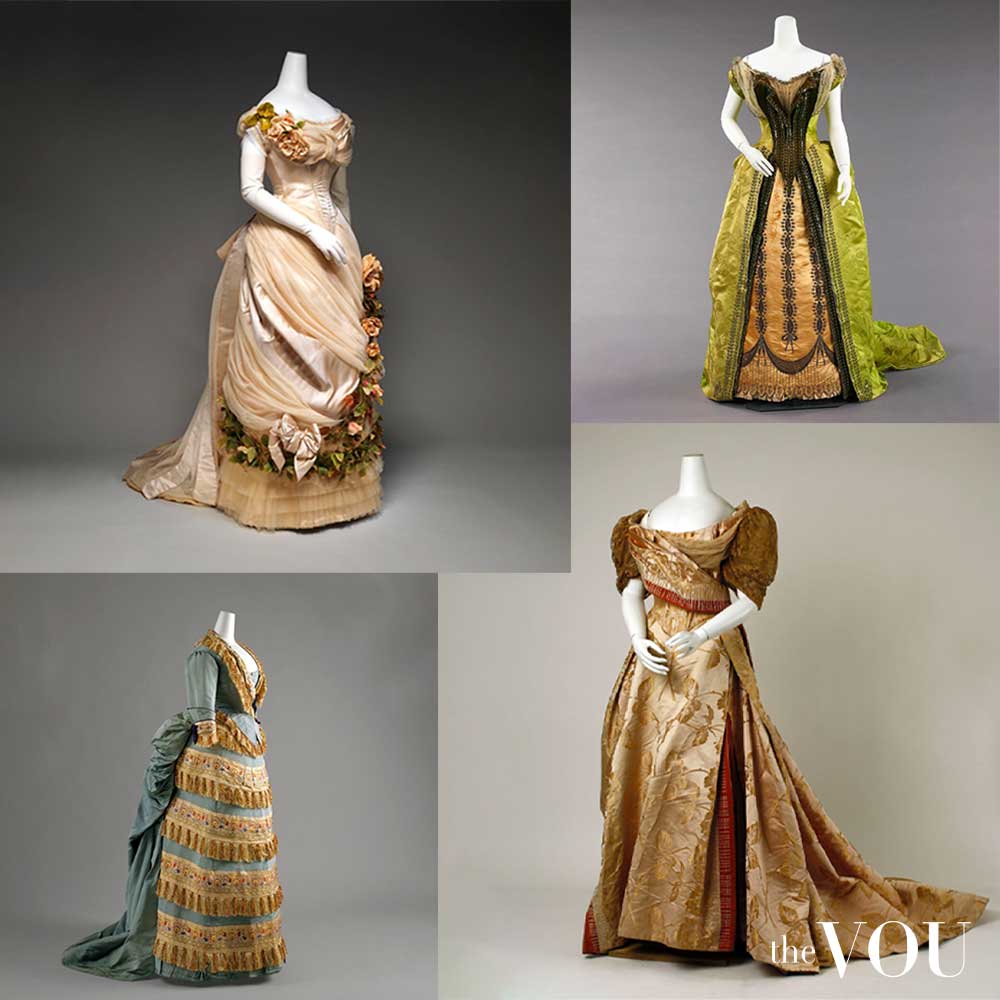
Compared to the garments made by anonymous seamstresses, Worth’s fashion designs resembled popular high fashion worn at royal courts and reached massive success with the general public.
In the 19th century, design houses began hiring artists to sketch garment designs.
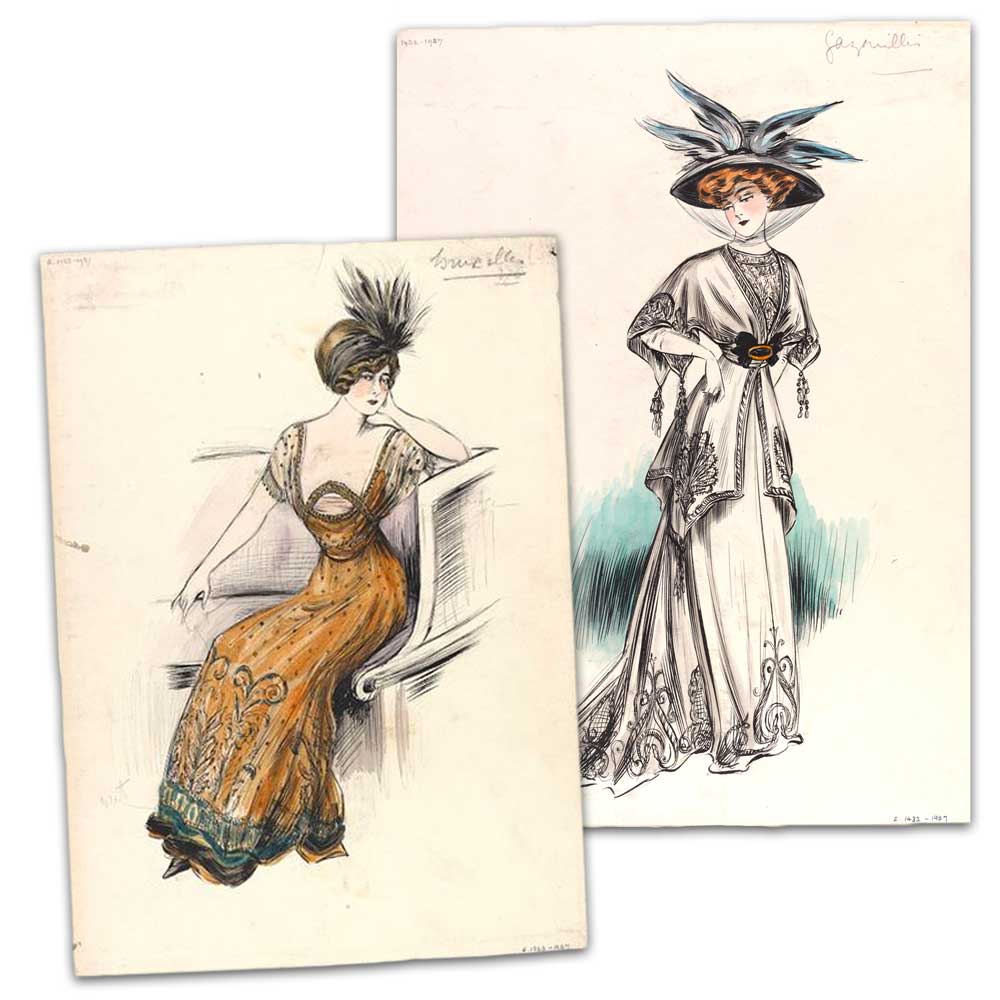
Rather than going straight into manufacturing, the images were shown to clients to gain approval, saving the designer time and money.
If the client liked the fashion design, the patrons would commission the designer to produce the client’s garment in the fashion house.
Modern Fashion Design
Modern fashion design can start as drawings on paper or a computer, followed by draping fabric onto a mannequin.
The design process comprises various steps and procedures and is unique to each designer.
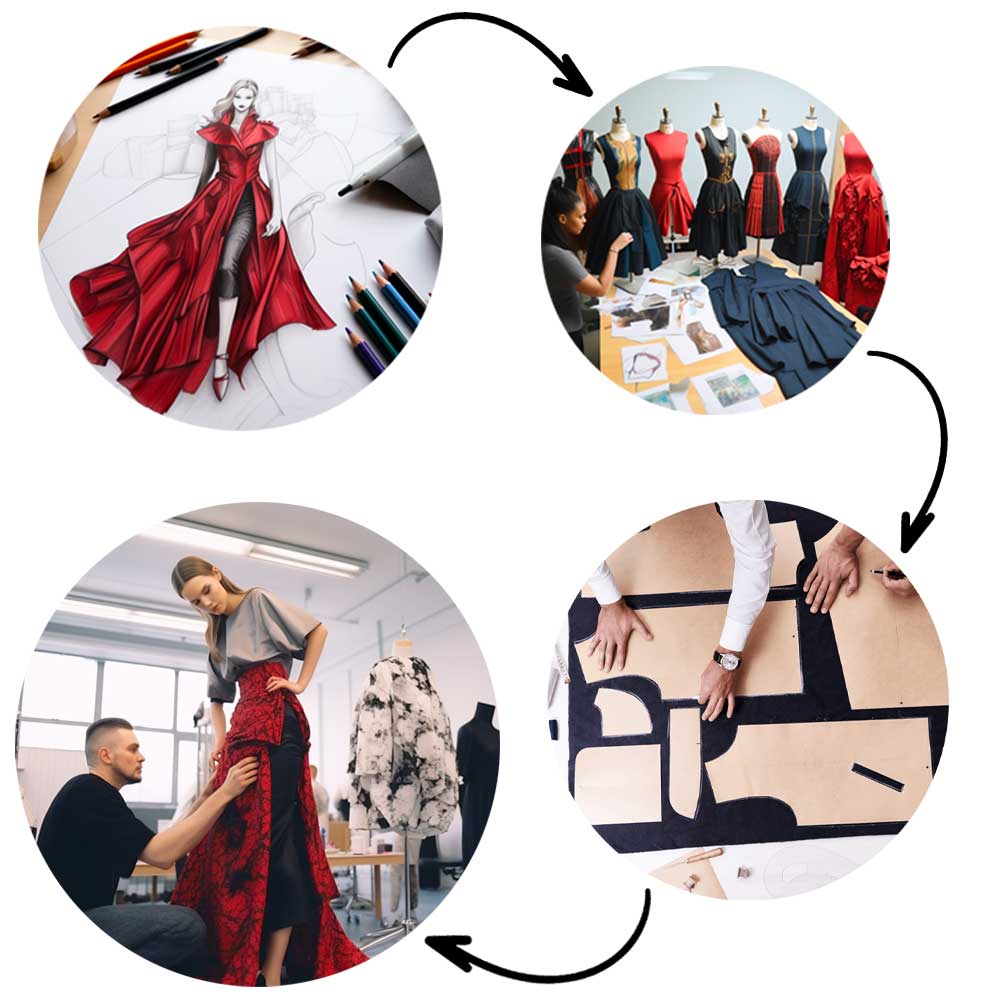
When the designer is satisfied with the fit of the toile (or muslin), a professional pattern maker will make the finished, working version of the pattern out of card or via a computer program.
The final part of the fashion design process is creating a live sample tested on a fashion model to ensure it is a wearable and functional product.
Types of Fashion Design
According to the type of design involved, garments produced by clothing manufacturers fall into 5 main categories:
1. Fashion Design for Haute Couture
Custom fashion design catered to a particular individual is called high fashion, bespoke tailoring, or haute couture.
Until the 1940s, clothes were designed in haute couture (French for high-sewing).
Each garment was made-to-measure, according to the client’s specific measurements.
Haute couture garments are made to order by expert artisans from high-quality, expensive fabrics and sewn by hand with extreme attention to confer unique details.
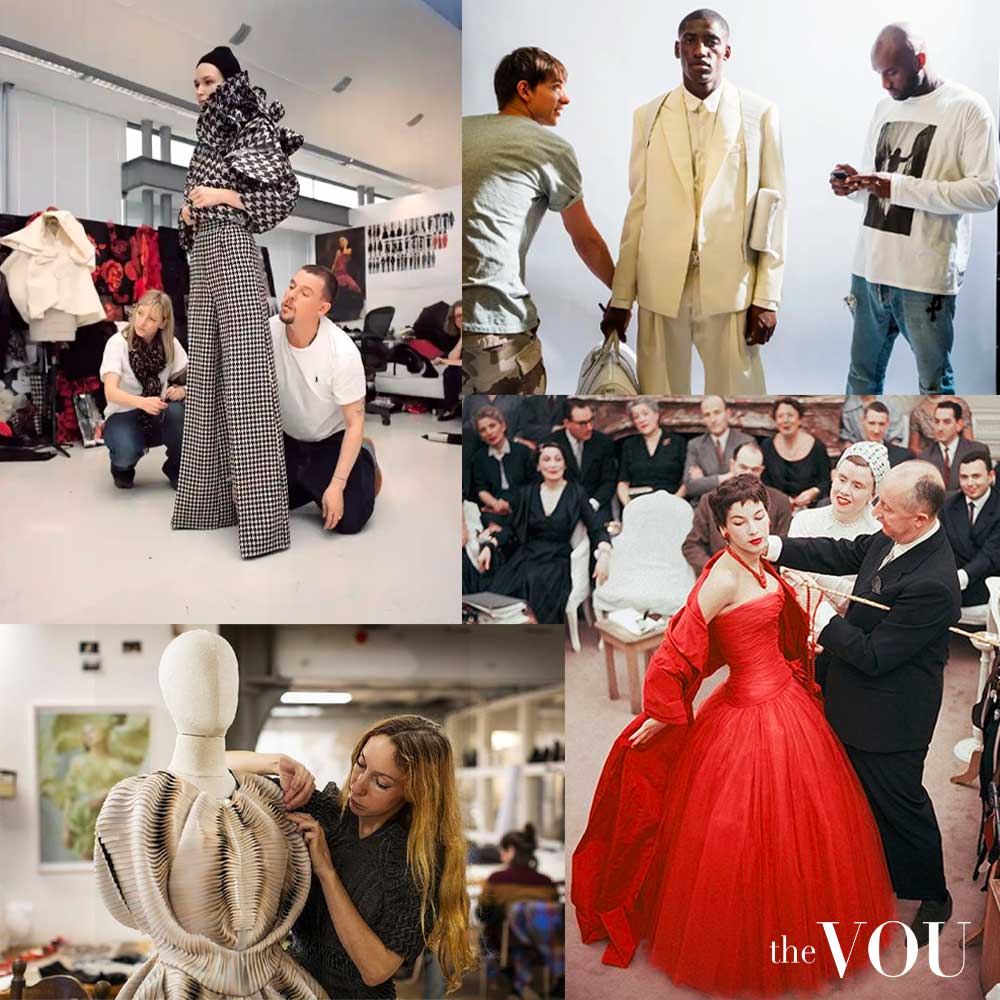
The fit and final look of the garment primes over the cost of materials or the time it takes to create.
Because of the high costs involved (time and money), haute couture design creations bring little profit for fashion houses.
However, haute couture design remains one of the essential ways fashion Maisons showcase creativity and expertise while creating publicity and receiving prestige.
2. Co-creative Fashion Design
Co-creative fashion design allows the consumer to participate in designing their clothing.
Co-created fashion or ‘Half-way garments’ design technique is an alternative to ready-to-wear or prêt-à-porter fashion.
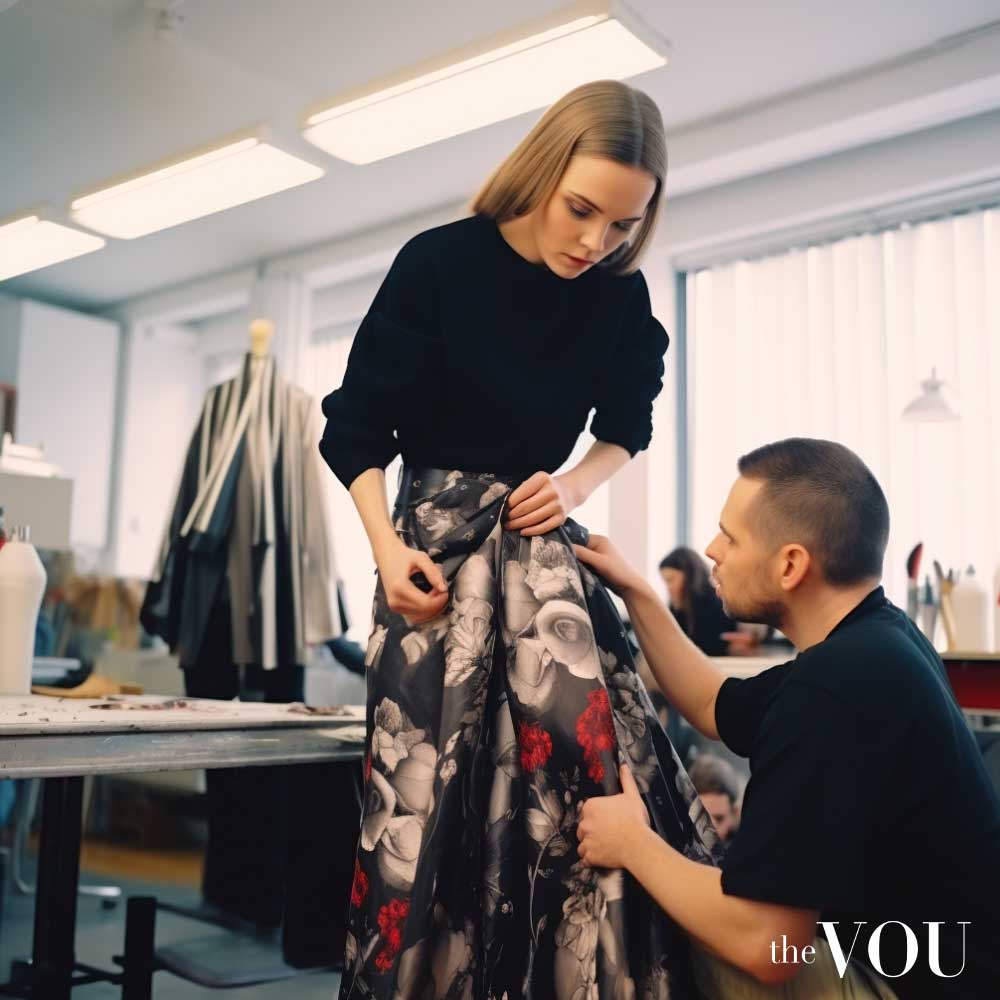
Half-way garments are intentionally left unfinished by the ‘primary designer’ and shared with the ‘passive’ consumer to encourage the process of co-design.
In their study, Fashion Activism through Participatory Design, Hirscher and Niinimaki found that consumers’ involvement in the garment-making process creates a ‘meaningful narrative’ by establishing a ‘person-product attachment’ and increased sentimental value.
3. Ready-to-wear Fashion Design (prêt-à-porter)
Fashion design for Ready-to-wear garments (in French prêt-à-porter) is a cross between haute couture design and the industrial design of clothes for the mass market.
Ready-to-wear fashion design does not cater to specific customers but to a segment of people interested in a particular fashion style.
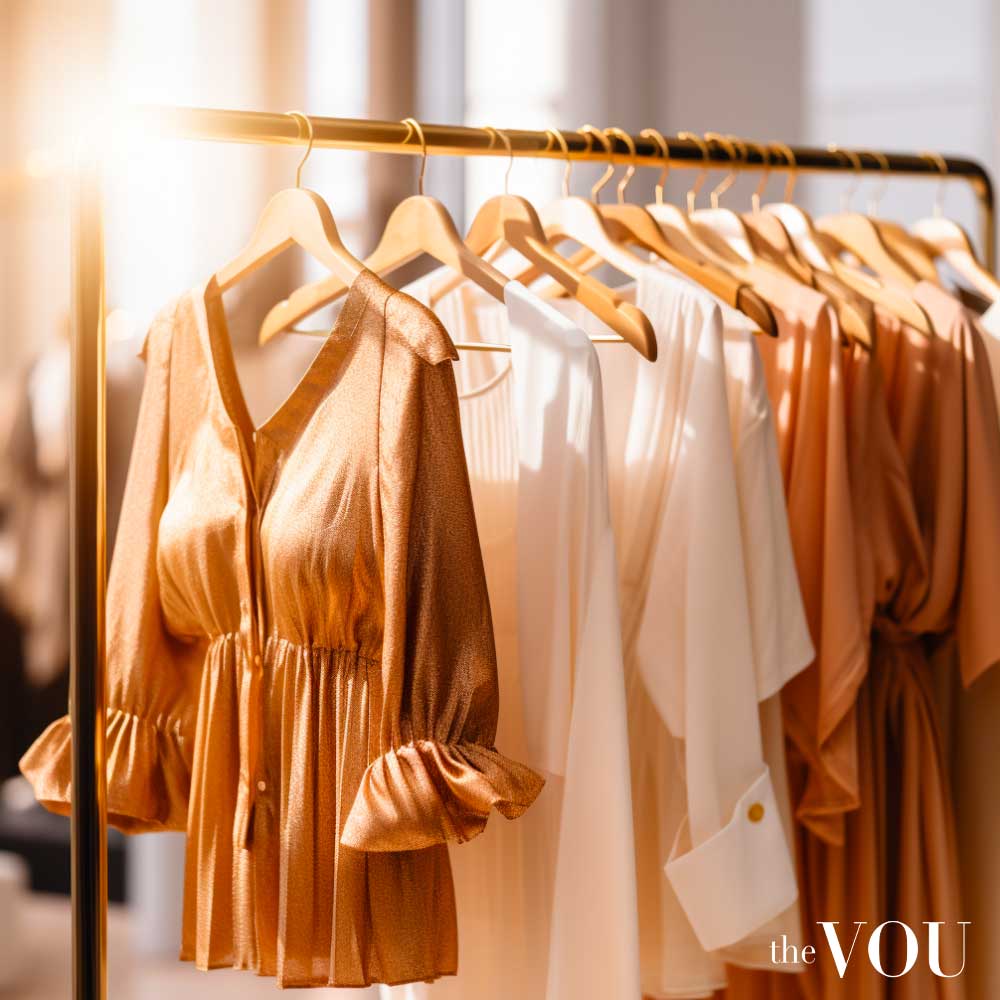
As such, the aesthetic choice, motifs, patterns, materials, cuts, and colors are essential in Ready-to-wear fashion design.
Ready-to-wear clothes are made in small quantities to resemble Haute Couture’s sense of exclusivity, and the price reflects that; cheaper than Haute Couture clothes but more expensive than mass market clothes.
Ready-to-wear fashion design clothes are part of the collections presented by fashion houses during Fashion Weeks on a citywide basis twice a year – spring/summer and fall/winter.
4. Fashion Design for Mass Market
Mass market fashion design provides over 94% of the garments the worldwide fashion industry sells yearly.
The mass market fashion design is copying and replicating unique designer creations that have become trendy among the general public.
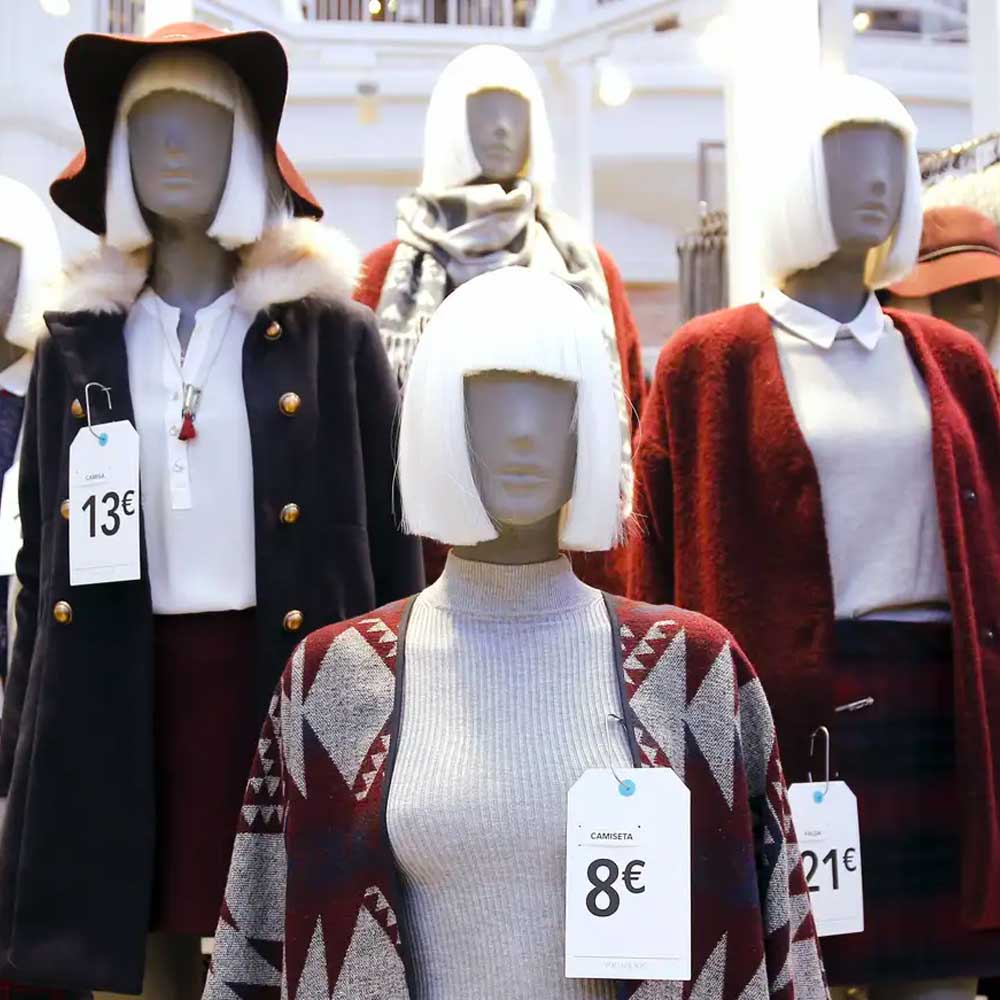
Mass-market clothes are made by machines on industrial production lines, from cheap materials meant to last a season so customers repeatedly purchase new trends.
Fashion design for the mass market is also known as fast fashion.
5. Sustainable Fashion Design
Sustainable fashion design is the creation of garments and accessories by using eco-friendly and recycled materials that satisfy consumers while protecting the environment.
Sustainable fashion designers pay close attention to the initial selection of materials, products’ longevity, and post-consumption reuse to avoid waste.
Sustainable fashion designers use indices that help them choose materials according to their environmental impacts throughout the garments’ life cycle.
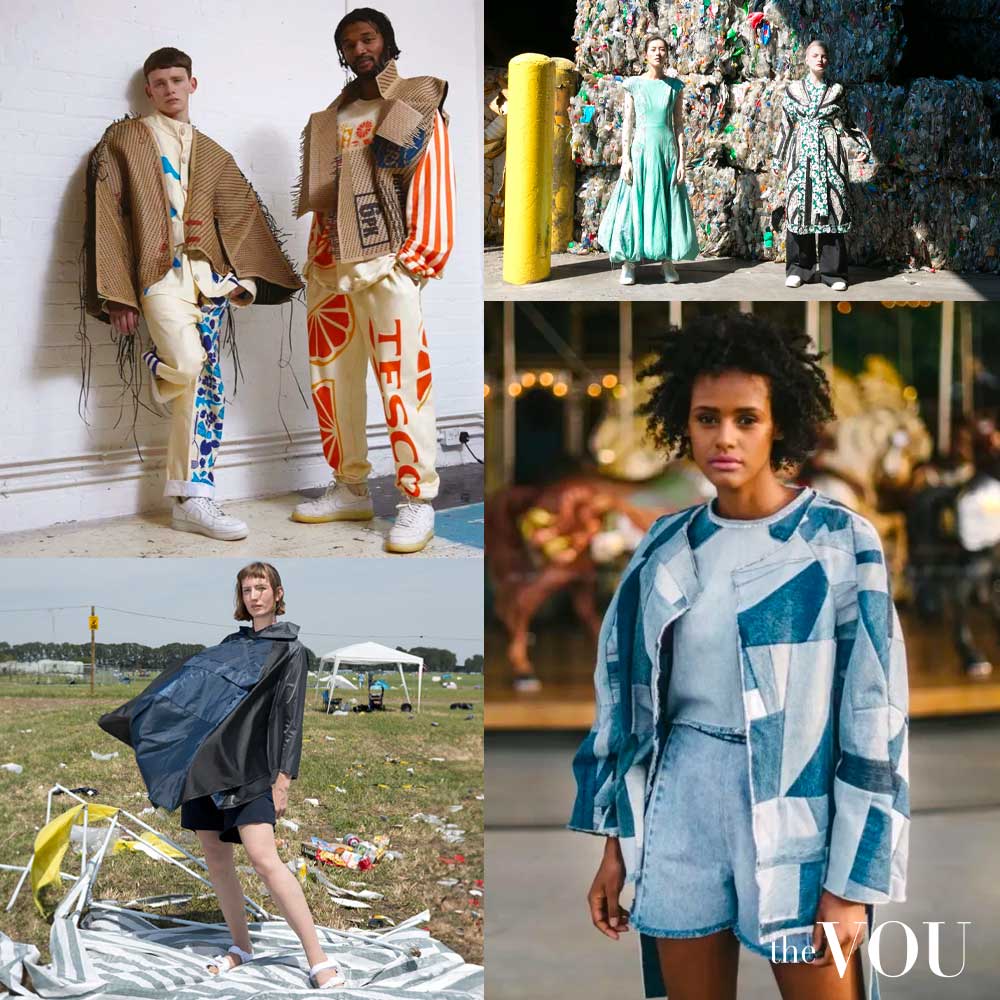
Examples of such sustainable design indices include NIKE Inc.’s Materials Sustainability Index, Timberland Green Index, the Outdoor Industry Association’s Eco-Index, and the Higg Index of Sustainable Apparel Coalition, endorsed by over 50 industry-leading brands, retailers, and suppliers.
Weekly Newsletter
Keep up with the latest in fashion, beauty and style!
source https://thevou.com/fashion/design/
Comments
Post a Comment